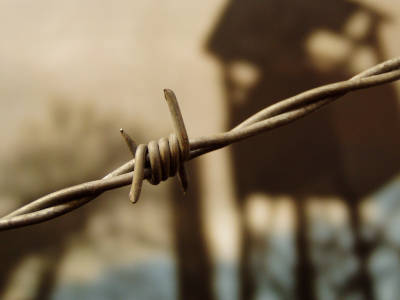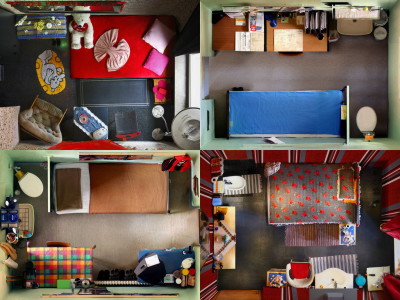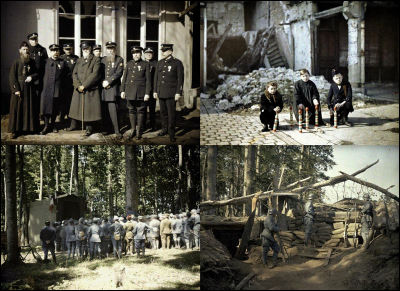During World War II, prisoners in Japanese prison camps secretly made lathes and other tools.

During World War II, the Japanese army occupied Singapore and other countries, and in some areas they set up prisoner-of-war camps where prisoners were forced to design and manufacture prosthetic limbs and other equipment, as well as making tools such as bench lathes.
R. Bradley Lathe - made in a POW Camp

A Small Lathe Built in a Japanese Prison Camp - 1949-bradley.pdf
(PDF file)
R.G. Wells: Index
https://histru.bournemouth.ac.uk/CHiDE/Oral_History_of_Defence_Electronics/r_g_wells.htm
Mr. R. Bradley, a former officer in the Royal Artillery, was held prisoner of war by the Japanese army in Changi POW camp in Singapore and other locations from February 1942 until the end of the war in August 1945.

There, Bradley was put in charge of making prosthetic limbs and surgical instruments, and in the absence of tools and materials, the POWs were expected to improvise and use whatever they could find.
However, while still prisoners of war, Bradley and his team received orders to relocate their workshop. The new workshop only had two lathes and one simple grinding spindle, which was insufficient to meet the growing demand for prosthetic limbs as the war intensified. There was also the risk that the large machines would be removed by the retreating Japanese troops.
So Bradley secretly set about building a small, precise lathe. The work was done mainly on Sundays when the workshop was closed, and it took him about 600 hours to complete. The completed lathe was about 17 inches (about 43 cm) in size and weighed about 1.5 kg with the accessories.

'The machine was only in use for two years, but hundreds of hours of work were put into it,' Bradley said. 'Looking back, the time spent building it was well spent.'

It has also been reported that in Japanese prison camps, prisoners worked on making their own radio devices to obtain information, such as making capacitors out of aluminum foil taken from rice ration containers and using cinnamon bark to make resistors.
The completed radio equipment was placed in the shoes of prisoners and used to eavesdrop on the British public broadcasting station BBC etc. Eventually, these radio equipment was exposed to the eyes of Japanese military officers, but R. G. Wells, who was involved in the production, was not severely punished and the radio equipment was confiscated by the Japanese military.

Related Posts:
in Note, Posted by log1r_ut







